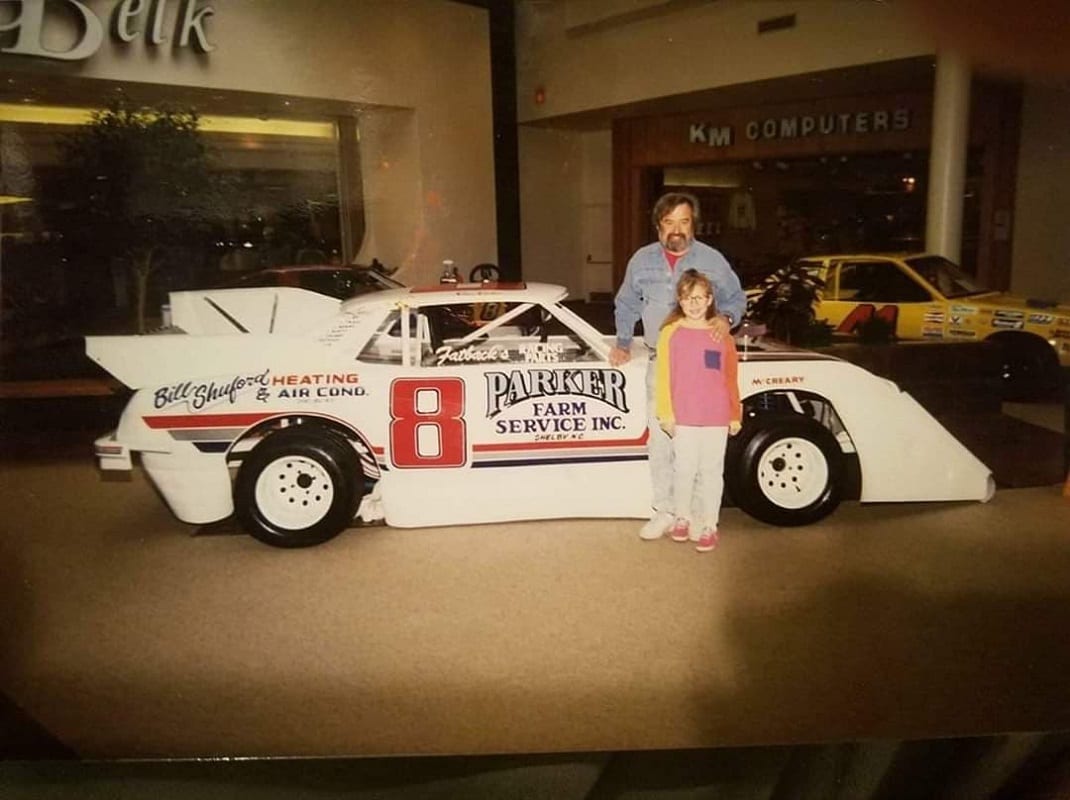SHELBY, N.C. – Hand lettering is a dying art form in the world of auto racing.
As the sport has progressed into the future, decals and vinyl have taken the place of carefully-placed brush strokes along sheet metal.
Heading into a new decade, the number of people still able to hand-paint a race car has dwindled down to a small number. The race car artist is a tradition upheld by a select few.
Roby Combs of Shelby, N.C., a historic racing town, was one of the talented men drivers could call upon to make their numbers and sponsors pop on their race cars with a paint brush over the years.
The hand-lettering business was abnormal to some, but for Combs it was a way of life.
“My dad was in the sign business, and I picked it up from him. He opened up a shop the year I was born in 1946,” Combs said. “It came naturally to me really; I played with it from the time I could hold a paint brush in my hand.
“I lettered my first car in 1964, which was for Preston Humphries, then I dwindled in it a bit through the 70’s when I lettered some of Stick Elliott’s cars. After that, I spent almost 10 years away from the sport and I didn’t go to many races.”

But with racing and painting in his bloodline, Combs couldn’t stay away from racing forever.
“In 1985, I got back to hand lettering cars by painting Buck Simmons’ cars, then I started lettering the Flintstone Flyer cars up until the mid-90’s.”
There were a lot of people who made race cars happen back then. In the present day, that task falls to the engine builder, tire guy, and crew chief. However, if a driver wanted their car to not only go fast, but look good doing it, they called a hand letterer.
“We did not have all these fancy wraps and graphics,” Combs said. “Hand lettering was all you had.”
North Carolina-based racing historian Phil Combs, Roby’s brother, said it was a way for not only for the artist, but for the drivers to express themselves on the track.
“If you look back, I think people put in a little more effort to make them look good, because your race car was an expression of you,” said Phil Combs. “A lot of people wanted to look good.”
Asked about why hand lettering has become a lost art, Phil Combs credited that decline to the financial aspect of the process.
“Nowadays if you get a car hand lettered its expensive; if you get it wrapped its expensive, and if you get decals made its expensive,” he explained. “It did not cost a lot back in the day to get your car lettered; that’s why people don’t put in the same amount of time and energy to it anymore.”
More people are beginning to reflect on the past and may want their cars hand lettered, but in an age of computer software and vinyl, hand painting of race cars is becoming more and more a fading art.
